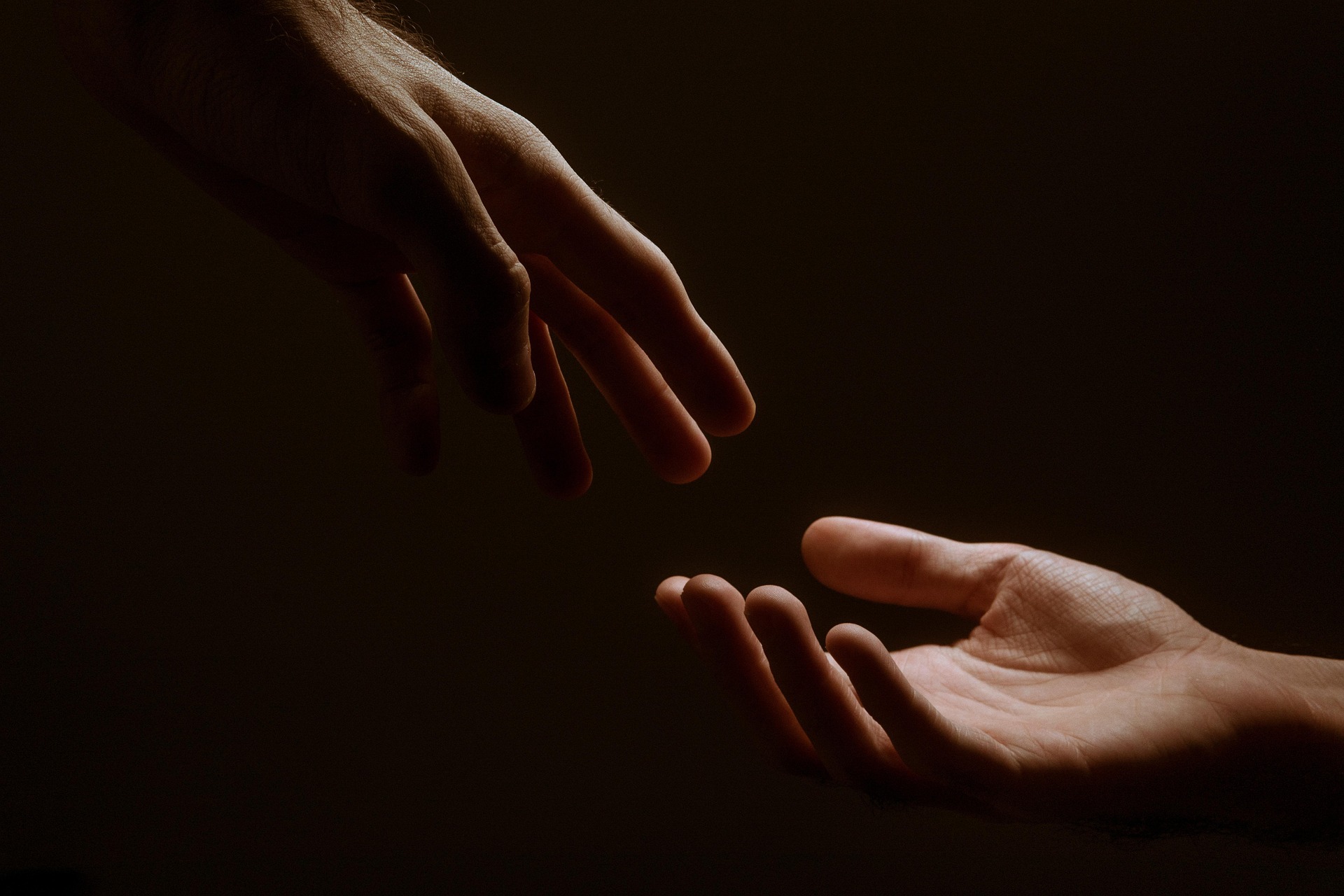Living with epilepsy can be isolating. Many people feel misunderstood, judged, or alone. But over time, I’ve realized that advocacy and community are essential — not just for raising awareness, but for creating spaces where people with epilepsy can feel supported, understood, and empowered.
Advocacy starts with sharing your story. Every seizure, every injury, every challenge is a piece of a larger truth that needs to be told. Speaking openly about my experiences — from falling face-first onto concrete to surviving a fall through a fence — was never easy. It required vulnerability, courage, and the willingness to face judgment. But sharing these moments has allowed me to connect with others, to break down misconceptions, and to create understanding in a world that often doesn’t see the full picture.
Community is the other half of this equation. No one should have to face epilepsy alone. That’s why I created platforms like My Epilepsy Journey and EpilepsyAndSilentStrength — spaces where people can share their experiences without fear of judgment, where advice and support are exchanged, and where individuals can feel empowered to live fully despite their condition. Building a community isn’t just about providing information; it’s about creating connection, fostering empathy, and giving people a sense of belonging.
Through advocacy and community work, I’ve learned that we have the power to change perceptions, reduce stigma, and improve lives. Every conversation, every post, every interaction matters. Each one can educate, inspire, and encourage someone to seek help, speak up, or find hope. Seeing members of the community share their own stories — celebrating small victories, coping strategies, or moments of resilience — reinforces that we are stronger together.
Advocacy is also about action. It’s participating in talks, workshops, and campaigns to raise awareness. It’s educating others about the realities of living with epilepsy. And it’s pushing for changes that make the world safer and more inclusive for everyone affected. By taking action, we not only empower ourselves, but we empower others to reclaim their voice and their strength.
Creating this supportive network has been one of the most fulfilling parts of my journey. Knowing that someone feels less alone because of the community we’ve built reminds me that our struggles can become sources of hope and change. Advocacy and community are not just about surviving epilepsy — they are about thriving despite it. They are about turning challenges into opportunities, fear into connection, and isolation into belonging.
To anyone reading this: if you are living with epilepsy, find your people. Share your story. Join or create a community. Advocate for yourself and others. Because together, we are stronger, braver, and capable of making a difference. And in that difference lies hope — for today, and for the future.
– My Epilepsy Journey

No responses yet